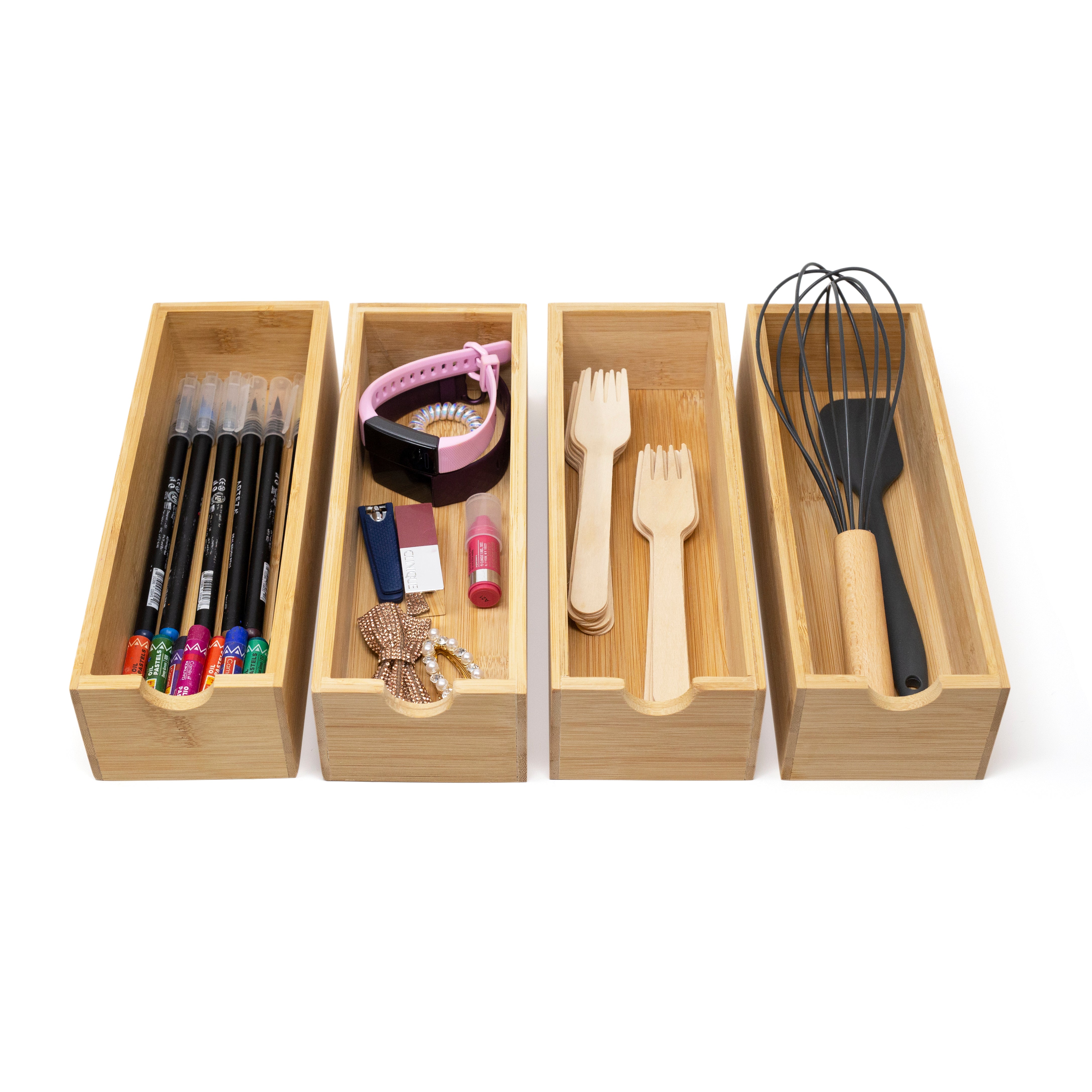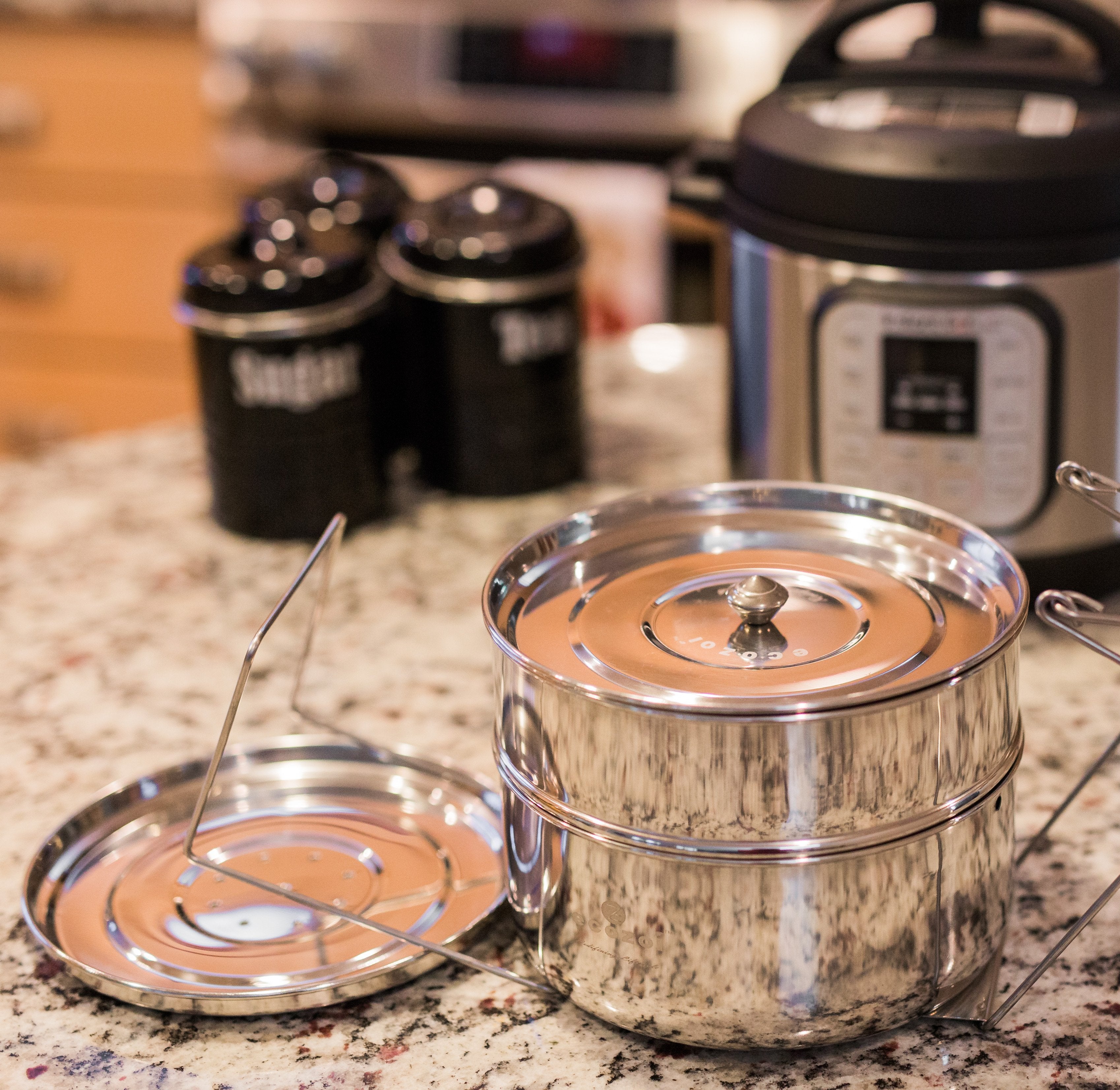Choosing Safe Havens by Evaluating Wildfire Risks in New Communities

Increasing numbers of people are relocating to regions affected by extreme weather, including wildfires. As the latter become stronger and more unpredictable, it's important to choose where to live with safety in mind. If you're moving to a new area, evaluating wildfire risks in your new community can help you avoid serious threats to your property and life. Wildfire-related property damage, rising insurance costs, and limited emergency infrastructure have made location choice more critical than ever. Fires in places such as Lahaina, parts of British Columbia, and Northern California have proven how fast things can change. Selecting a home isn't just about local amenities or scenery. Safety must be a key consideration in the decision.
What Makes a Community a “Safe Haven” from Wildfires
Not all areas exposed to wildfire risk are unsafe. Some communities have taken specific steps to prepare for threats. These actions make them safer places to live compared to areas with no fire planning at all. First and foremost, fire-resistant building codes can reduce structural losses. Areas with fire stations nearby and wide evacuation routes are much more prepared during emergencies. Some towns conduct regular fuel-reduction programs or offer grants to homeowners for fire-smart landscaping. These signs reflect a responsible and proactive community.
Additionally, suppose you're using a moving company to relocate. In that case, they can assist with adjusting to your new neighborhood by pointing out local emergency contacts, safe zones, or road layouts they've worked with before. This can provide you with a brief yet helpful orientation during your first few days.
Neighborhoods with community-based fire safety programs tend to recover quickly after disasters. Local governments that enforce brush-clearing ordinances or invest in wildfire drills provide an added sense of peace of mind. These places often require homeowners to maintain defensible space, which significantly improves survival odds during a fire.
Evaluating Wildfire Risks in New Communities: What You Need to Know
You can take simple steps to understand the fire risks in any area you're considering. Start by checking wildfire hazard maps. FEMA in the U.S. and Natural Resources Canada both publish these resources online. Historical data is equally useful. Search for past fire events by area, not just the town name. Some areas may have experienced repeated threats over time, even if no major damage occurred. Consider the frequency and recency of the fires.
Importantly, visit the area and take note of the fire safety signs. Are there cleared spaces between buildings and forests? Do homes use materials like metal roofs or stucco siding, which resist flames better than wood? Contact your local fire department to inquire about their readiness and response plans.
A critical part of evaluating wildfire risks in new communities involves determining whether the infrastructure can support rapid action. Single access roads, unmarked evacuation routes, or the absence of hydrants can indicate weak emergency planning. Some insurance agencies provide risk ratings based on address. These tools are not always publicly available, but agents can provide you with a rough estimate of the score. If premiums are unusually high or coverage is limited, it's often a sign that the area has a higher risk profile.
Red Flags That Should Make You Think Twice
Above all, be cautious of communities without clear and sustainable emergency plans. Limited access is a major issue—some forested areas have only one road in and out. During a fire, this could delay evacuation or block emergency crews. First, closely packed homes without sufficient space for defensible zones are particularly risky, especially if the surrounding vegetation is overgrown. Dry brush, wooden fences touching homes, and unmanaged trees raise serious concerns.
Second, if a community has experienced fires but hasn’t rebuilt with fire-resistant features, it is likely to remain vulnerable. Ask residents how previous fires were managed and if municipal support was effective. Poor past responses often repeat.
Likewise, the lack of firefighting infrastructure is another warning sign. The absence of nearby hydrants or water tanks can slow response times, especially in low-visibility or high-risk situations. Lastly, limited insurance options or unusually high premiums may signal that the area carries significant risk. This can affect both safety and long-term financial stability.
Tools and Resources to Help You Decide
Fortunately, there are numerous ways to make informed decisions before purchasing a home. Start by exploring online tools built to measure wildfire exposure. In the U.S., Wildfire Risk to Communities is a government-funded website that allows you to search by location. In Canada, FireSmart offers similar services. These resources explain local fuel types, fire spread speed, and population vulnerability. You can determine if schools, hospitals, or emergency services are at a higher risk in a specific zone.
A wildfire safety inspector can also do an in-person property risk check before you buy. These professionals assess factors such as slope, types of vegetation, and nearby fuel sources. They will also check for vents or roofing issues that can worsen fire exposure. Ask your real estate agent about past incidents and city mitigation programs. Research the number of homes insured in the area and whether coverage is decreasing. Use this to gauge how providers see the overall risk.
In a similar manner, contact fire departments in each town you’re considering. Ask how many full-time firefighters they have and what equipment they use. Ask if they run annual drills or work with local residents on emergency planning. Your insurance company can also help. Request risk data for a ZIP code or postal code before committing. While this won’t provide exact answers, it will highlight any major concerns. Communities with active homeowner associations may offer wildfire safety checklists. These groups often partner with emergency services and provide information to new residents.
Smart Relocation Starts with Fire Awareness
Safety should be one of your main priorities when picking a place to live. Fires are becoming more frequent and intense. Communities that prepare properly give you more protection and peace of mind. Choosing the right neighborhood takes more than liking the look of the streets or having good schools. You need to ask tough questions, examine risk data, and consult with professionals. Each step helps you make a smarter decision. Evaluating wildfire risks in new communities enables you to identify and avoid hazardous areas, thereby protecting what matters most. Fire risk doesn’t have to be a dealbreaker, but you do need to know what you're walking into. The more informed you are, the more secure your move will be.
Photo used: https://www.pexels.com/photo/drone-shot-of-a-destroyed-neighborhood-3964366/

































